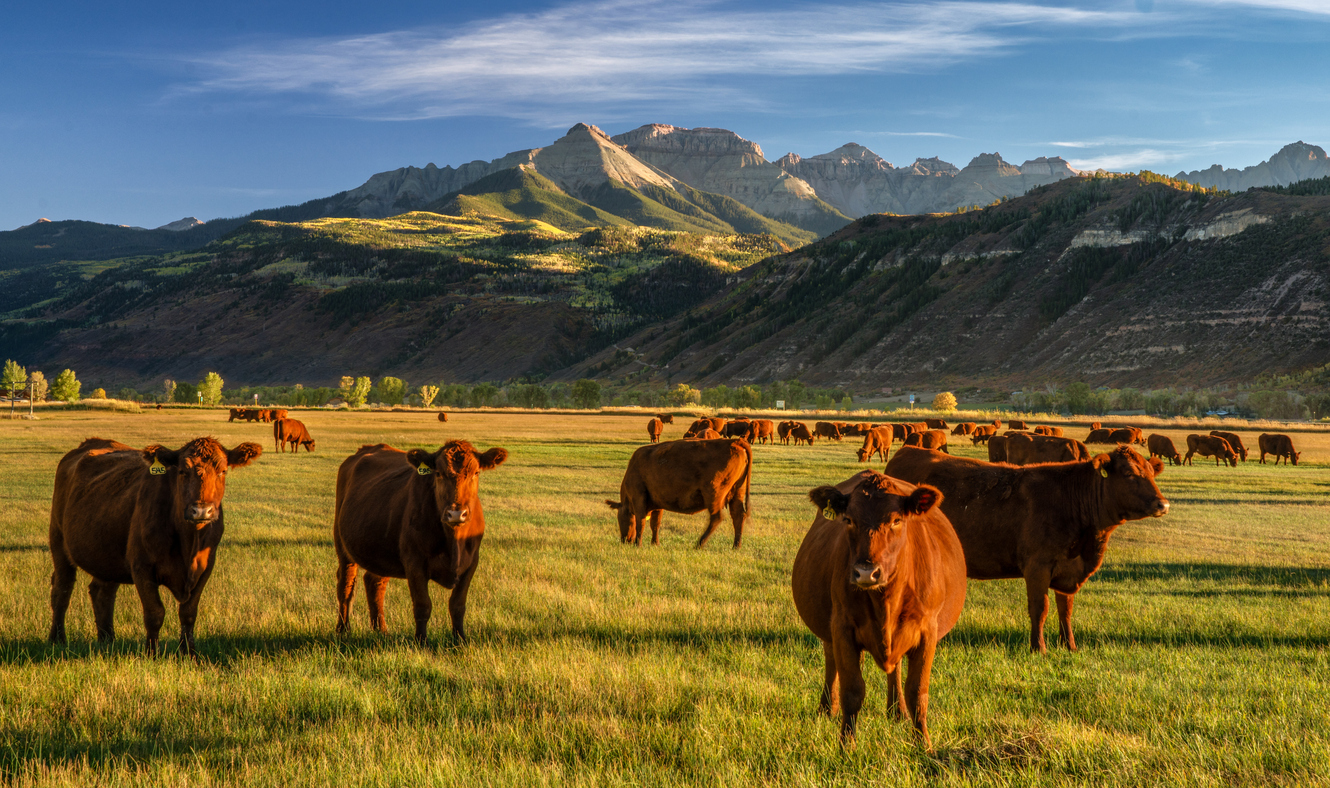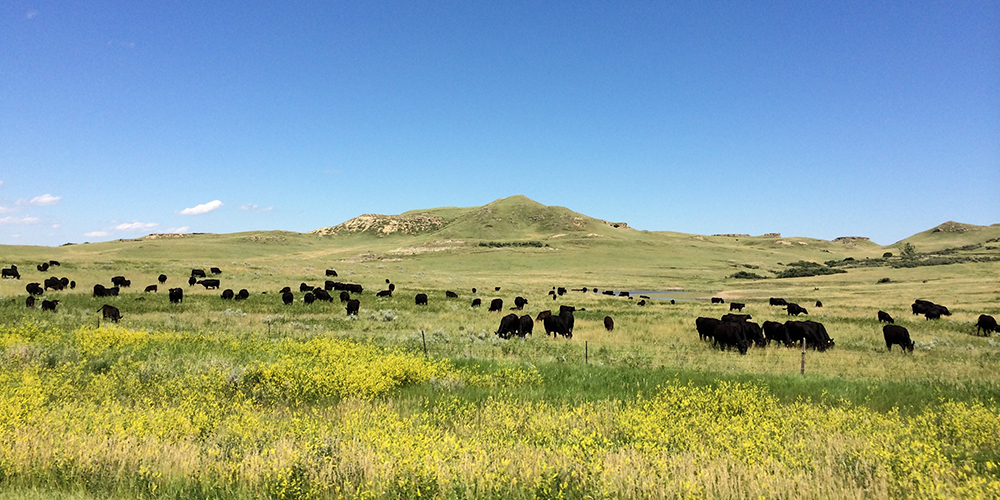Understanding Animals Risk Protection (LRP) Insurance: A Comprehensive Guide
Navigating the realm of livestock risk defense (LRP) insurance coverage can be a complex endeavor for many in the farming industry. From exactly how LRP insurance operates to the various insurance coverage options offered, there is much to discover in this comprehensive guide that can possibly form the method animals producers approach threat administration in their services.

Just How LRP Insurance Works
Sometimes, comprehending the auto mechanics of Animals Danger Defense (LRP) insurance can be complex, yet breaking down exactly how it functions can supply clearness for farmers and ranchers. LRP insurance policy is a threat management tool designed to protect animals producers against unforeseen rate declines. The plan permits producers to set an insurance coverage level based on their particular demands, selecting the number of head, weight range, and coverage price. Once the policy remains in location, if market costs drop below the protection rate, producers can submit a claim for the difference. It's essential to note that LRP insurance coverage is not a profits assurance; instead, it focuses solely on price risk security. The insurance coverage duration generally ranges from 13 to 52 weeks, supplying adaptability for manufacturers to select a duration that lines up with their manufacturing cycle. By utilizing LRP insurance policy, ranchers and farmers can mitigate the financial threats related to rising and fall market value, guaranteeing greater security in their operations.
Qualification and Protection Options

When it involves insurance coverage alternatives, LRP insurance offers manufacturers the versatility to select the coverage level, insurance coverage duration, and recommendations that finest match their danger monitoring requirements. Coverage degrees typically range from 70% to 100% of the expected finishing value of the insured animals. Manufacturers can additionally choose coverage periods that align with their manufacturing cycle, whether they are guaranteeing feeder livestock, fed cattle, swine, or lamb. Endorsements such as rate risk security can better customize protection to shield versus damaging market changes. By understanding the qualification standards and insurance coverage options available, animals producers can make educated decisions to manage danger properly.
Benefits And Drawbacks of LRP Insurance Policy
When evaluating Animals Risk Defense (LRP) insurance coverage, it is essential for animals producers to consider the advantages and disadvantages inherent in this threat administration tool.

One of the primary benefits of LRP insurance policy is its capability to provide security versus a decline in animals costs. Additionally, LRP insurance policy provides a degree of flexibility, enabling producers to personalize coverage degrees and plan periods to match their certain demands.
Nonetheless, there are also some disadvantages to think Check Out Your URL about. One constraint of LRP insurance is that it does not secure versus all kinds of risks, such as disease episodes or natural disasters. Moreover, costs can often be costly, especially for producers with large livestock herds. It is essential for manufacturers to carefully examine their individual risk exposure and financial scenario to determine if LRP insurance is the ideal threat management device for their procedure.
Understanding LRP Insurance Premiums

Tips for Making The Most Of LRP Benefits
Taking full advantage of the advantages of Livestock Risk Defense (LRP) insurance policy needs critical preparation and proactive threat monitoring - Bagley Risk Management. To make the many of your LRP coverage, consider the complying with tips:
Frequently Analyze Market Conditions: Keep educated about market patterns and cost fluctuations in the animals market. By checking these factors, you can make enlightened choices about when to purchase LRP insurance coverage to secure versus possible losses.
Establish Realistic Insurance Coverage Degrees: When selecting coverage degrees, consider your production expenses, market price of livestock, and potential threats - Bagley Risk Management. Establishing sensible insurance coverage levels guarantees that you are adequately safeguarded without overpaying for unnecessary insurance coverage
Expand Your Insurance Coverage: Rather of depending entirely on LRP insurance policy, take into consideration expanding your risk management methods. Incorporating LRP with other danger management tools such as futures agreements or options can supply thorough protection against market unpredictabilities.
Testimonial and Adjust Protection Frequently: As market conditions transform, periodically evaluate your LRP protection to ensure it lines up with your present risk exposure. Adjusting coverage levels and timing of acquisitions can aid enhance your risk protection technique. By following these suggestions, you can make best use of the advantages of LRP insurance and secure your livestock procedure versus unforeseen threats.
Conclusion
Finally, livestock risk security (LRP) insurance is an important device for farmers to manage the financial dangers connected with their animals procedures. By understanding how LRP functions, eligibility and insurance coverage options, along with the advantages and disadvantages of this insurance policy, farmers can make informed choices to protect their source of incomes. By very carefully considering LRP premiums and applying approaches to optimize benefits, farmers can reduce potential losses and make certain the sustainability of their procedures.
Livestock manufacturers interested in obtaining Animals Risk Defense (LRP) insurance can check out a variety of eligibility standards and insurance coverage alternatives customized to their details animals procedures.When it comes to protection alternatives, LRP insurance provides manufacturers the adaptability to choose the insurance coverage level, coverage duration, and recommendations that best match their risk management requirements.To grasp the intricacies of Animals Threat Protection (LRP) insurance completely, comprehending the aspects influencing LRP insurance costs is important. LRP insurance policy costs are established by different components, including the coverage degree chosen, the expected cost of animals at the end of the coverage duration, the kind of livestock being guaranteed, and the length of the protection period.Review and Adjust Insurance Coverage Frequently: As market conditions transform, periodically assess your LRP protection to ensure it lines up with your existing danger direct exposure.